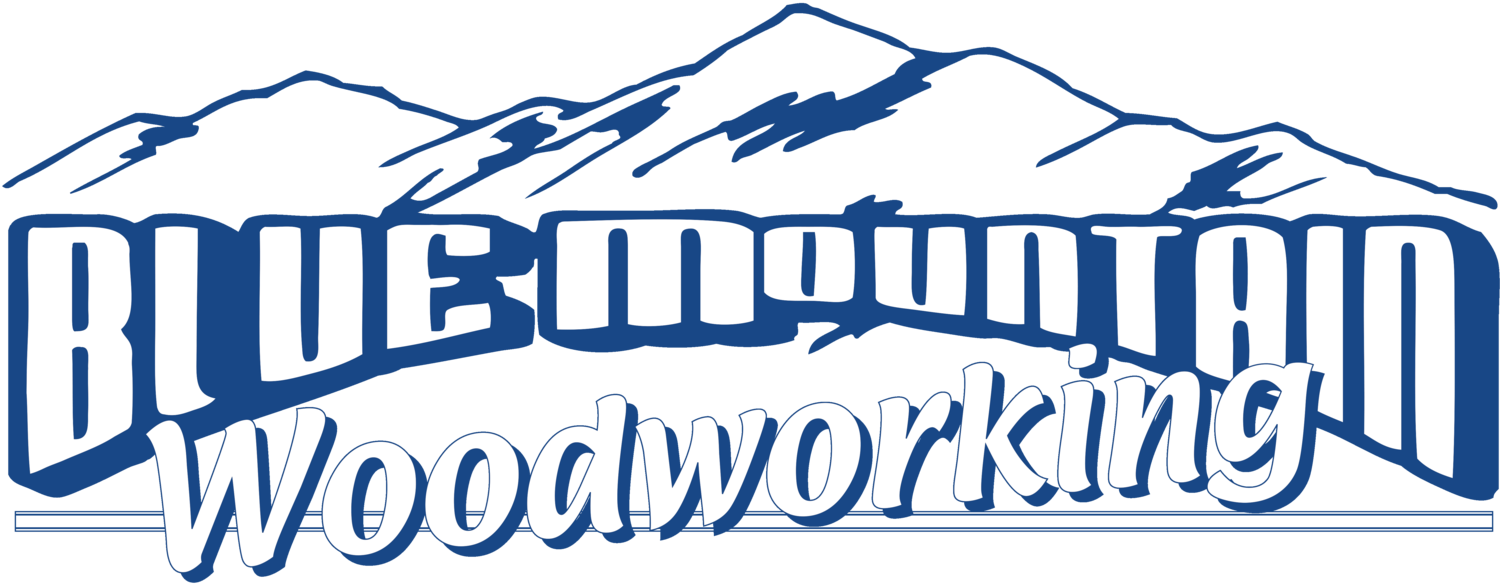Did you know that organic materials that break down in landfills produce methane gas? Methane gas is more than 100 times more harmful than good old carbon dioxide. The average American household discards over 25% of their food leftovers and spoilage as garbage. Making an effort to compost these leftovers would decrease landfill levels and help reduce greenhouse gases. Plus the benefit of composting is that it is great for all types of gardens and you get to help out our planet at the same time.
Starting can seem like a daunting task for a composting newbie, but just simply piling up materials in a section of your garden and letting nature take its course will eventually get you some compost. No need to worry though about the talk of smells, microbes and pH balances, it really is a lot less scary than it seems. I will walk you through the basics.
Finished compost is not a soil or fertilizer although it might resemble it to some degree. It’s just an easy and free way to dispose of organic waste. It is a soil enhancement that can be blended in the soil to help retain nutrients and moisture levels. It helps problem soils improve its texture and helps grow microorganisms that help maintain soil and plant health.
Let’s begin by choosing your location and picking out a suitable container. Choose a bottomless container, plastic, wood or metal and position it in the ground in a partially shaded area of your garden or lawn. To ensure proper drainage the container needs to be bottomless, drilling holes in the bottom does not cut it. You can also purchase containers that are specifically made for composting if you like. Just be sure to remember to place your compost container in that partially shaded area as full sun will create excess heat buildup and full shade will cool the container too much in the spring and fall months.
Now that we have the container and location set, we can now start loading it up. Fruit and vegetable leftovers plus their peels, egg shells, coffee grounds with their paper filters and grass clippings. All organic matter can be placed in your compost container, but the majority should be made up of dead leaves, twigs, newspaper and regular paper. These items contain carbon that provides microbes that help decompose the pile. Food and other moisture rich items provide the protein that the microbes need to reproduce. Do not put cheese, cooking oils, meats or fish in the container as this may attract animals.
To achieve the best results your compost pile should be a three-to-one ratio of dry to wet matter. Compost is very forgiving, so do not worry if it is not perfect. The single best thing about creating your compost pile is that once you make one, upkeep is very mild. Just make sure to keep an eye on the moisture level. Your pile should be moist but not soaking wet or dry enough to blow around with the lid off the container. You should try and turn your compost pile every two weeks to aerate it. Although not necessary, this will bring faster results.
Regular composting does not smell. If your compost pile smells, something as gone wrong and it is simple to diagnose. The microbes responsible for breaking down your compost pile need a balance of carbon and nitrogen. Carbon comes from brown materials such as dead leaves and newspaper. Nitrogen comes from green materials such as food scraps and grass clippings. The ratio that achieves the best results is half and half portions by weight, not volume (no you do not have to run out a buy a fancy scale, just eyeball it) this should reduce the smell.
Two sorts of smells usually affect a compost pile, rotten egg odors and ammonia. Compost piles that smell like rotten eggs means it is has gone anaerobic and not enough oxygen is present to support aerobic microbes and the anaerobic ones have taken over. Simple fix, turn the pile over in the container and you can also add large sticks in the center to promote better air flow. When your compost pile smells like ammonia, it is giving off excess nitrogen. This problem often occurs if high nitrogen products have been added. Near term solution is to turn the pile to help the excess ammonia to dissipate. The addition of more brown product can restore the nitrogen-carbon balance. Long term remedy is to add less nitrogen filled materials.
Normally the pile decomposes in four to six months and the compost turns into dark brown or black soil like material with an earthy aroma. When the majority of your pile meets this description, remove the container and let the pile continue to break down for a few more weeks. Position the container or containers in a new location and start a new pile. Jump start it by placing any pieces that are not quite decomposed from your original pile and adding them to the new one.
Brown materials add carbon to a compost pile, but be sure to add grass clippings for nitrogen. Resist putting fats, animal products and pet droppings as they will attract pests to the pile. Shredded newspaper or shredded plain old white paper are excellent materials to speed up the process. If adding ashes to the pile, just remember not to add too much and it will affect the pH balance. Try using hay bales in the winter if you want to try and insulate the container to continue the break down process.
Finally place a lidded container in your kitchen to place compostable materials and get into the habit of dispensing them to your compost pile once a day or every other day.
Happy Composting!!!
Submitted by: Heather Knecht, Blue Mountain Woodworking Inc.

